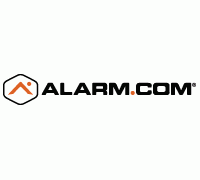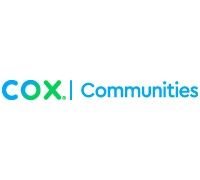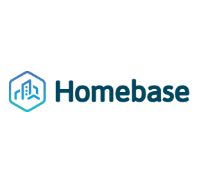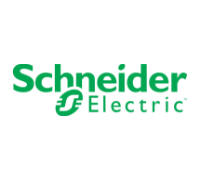Tuesday, May 17, 2016
Consumers Value Control Over Savings, Comfort, and Cost
Connectivity and the combined data from all customer interactions are transforming businesses and marketing programs, and especially have the ability to impact the utility and retail energy provider markets. As the breadth and depth of smart products enter the market grow, energy providers have the opportunity to leverage those products for demand response programs and to accelerate adoption through energy efficiency programs.
Concerns related to loss of control and co-marketing arrangements are barriers for some utilities. However, co-marketing agreements have the opportunity to expand the reach of utility marketing efforts.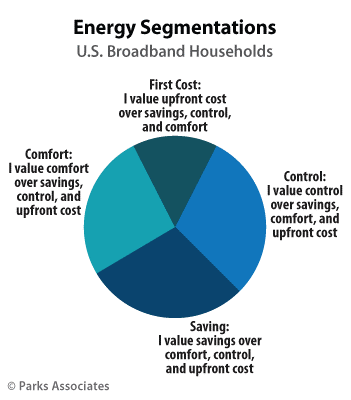
While overall adoption of energy efficient programs is still very low, interest is high and moving completely off-grid is a leading motivation. Distributed generation continues to gain significant momentum. Utilities and retail energy providers have many competitive advantages should they choose to enter the market and need to develop new strategies to participate in this market opportunity.
When segmenting consumers along self-reported priorities of comfort, convenience, initial savings and lifetime savings, U.S. broadband households are fragmented into four nearly equal groups, with convenience leading by a small margin.
At Smart Energy Summit last February, speakers on “Innovation in Marketing and Consumer Engagement” addressed strategies and opportunities to leverage data to target consumers and expand participation in energy programs.
-
Mauro Dresti, Manager Mass Markets, Southern California Edison
-
V. Rory Jones, Co-Founder and Chief Executive, PlanetEcosystems
-
Kevin Meagher, SVP Business Development, ROC-Connect
-
Justin Segall, President, Co-Founder, Simple Energy
-
Marianne Sy, Program Manager, Demand Response, San Diego Gas & Electric
Five key takeaways from the session included:
-
Increasing customer engagement in energy monitoring and service programs is challenging. Solutions include bundling products and services to add value in addition to energy, using points as consumers understand them, keeping processes to redeem points and obtain rebates and discounts short and simple, and utilizing partners for aesthetics and marketing value.
-
Companies use data intelligence to assess consumers on propensity to participate in energy programs and use profiles to predict engagement. Key demographics include the number of people in a household, the size of the house, and psychographic and demographic data. People who want to be the first to own/participate or want to help the environment can be key prospects.
-
Third-party partnerships are critical to customer engagement. These partnerships increase awareness and program sign-ups and the energy provider benefits from the association with high-tech companies.
-
Energy alone does not sell anymore. Bundling devices and services is what attracts consumers. But this is only effective if the consumer is educated on capability and functionality of the devices/services. Finding ways to get consumers involved is key.
-
Education drives consumer engagement. Rewards programs are great, but only if the consumer sees the benefit. Informing the consumer on how these programs can help them better manage their energy usage, get money back from rebate programs, save on monthly energy costs, etc., will ultimately make the consumer base excited about the offering. Ultimately, gaining the consumer’s interest matters more than the programs, devices, and services.
For more information about Smart Energy Summit, or to download the Event Summary, Click Here.
Next: 40%+ of U.S. broadband households plan to buy a smart home device in the next 12 months
Previous: 25% of broadband households indicate they would participate in an energy program offered by their energy provider
Comments
Post a Comment







